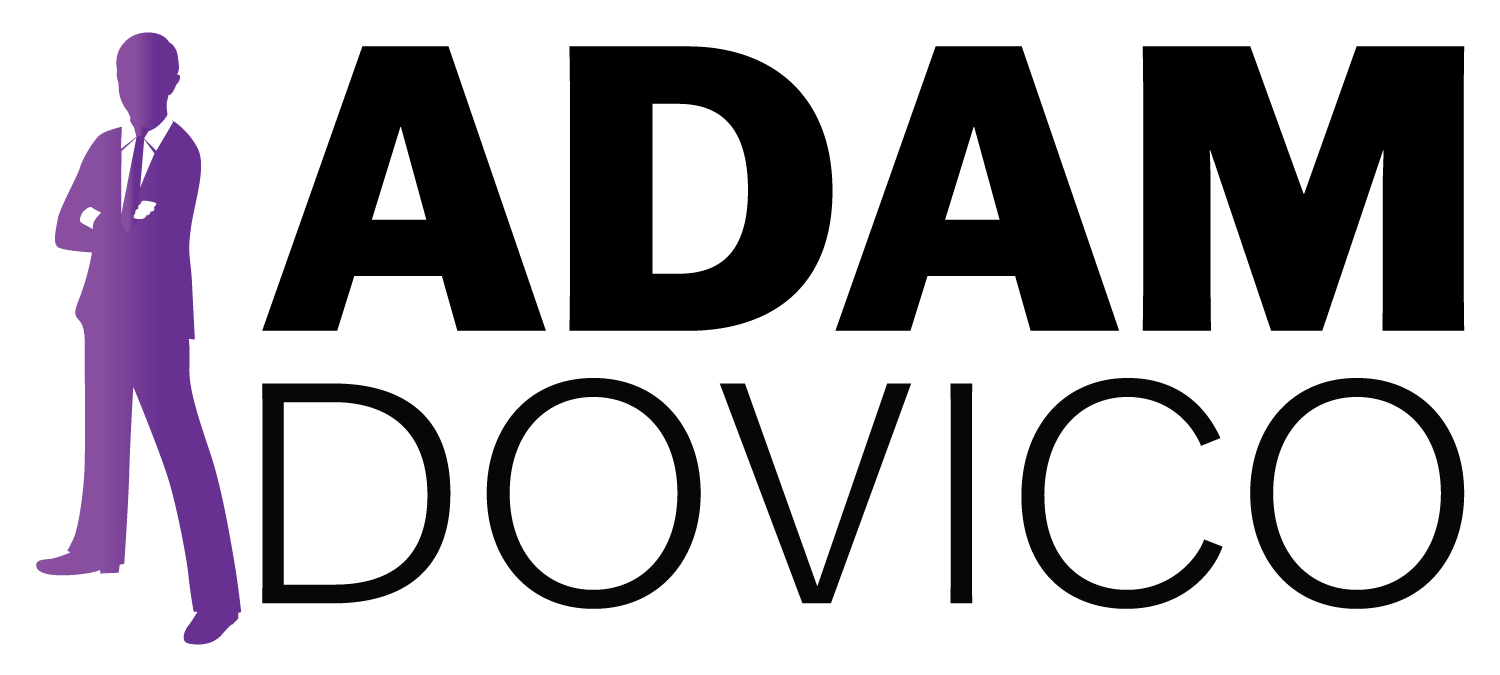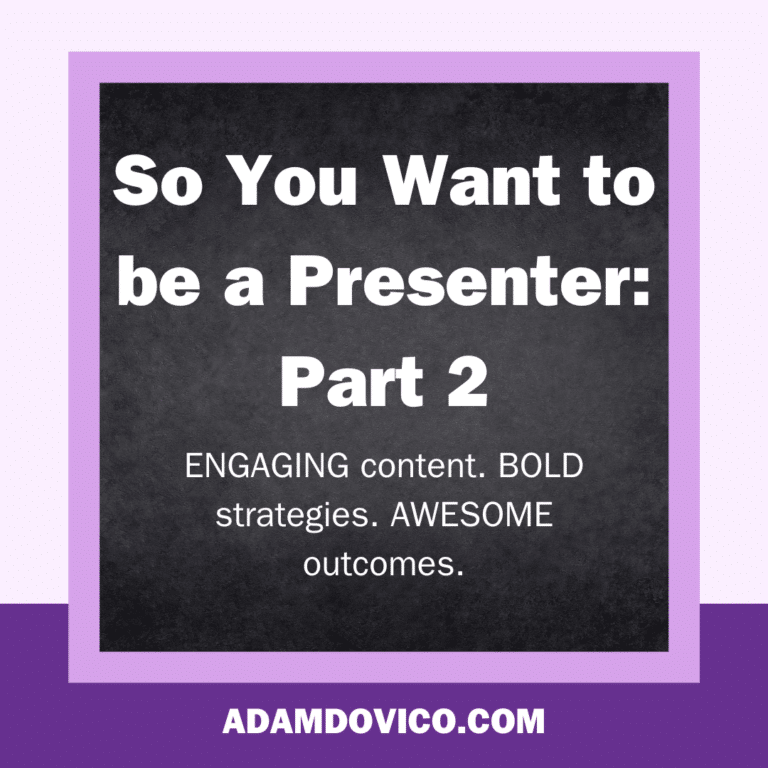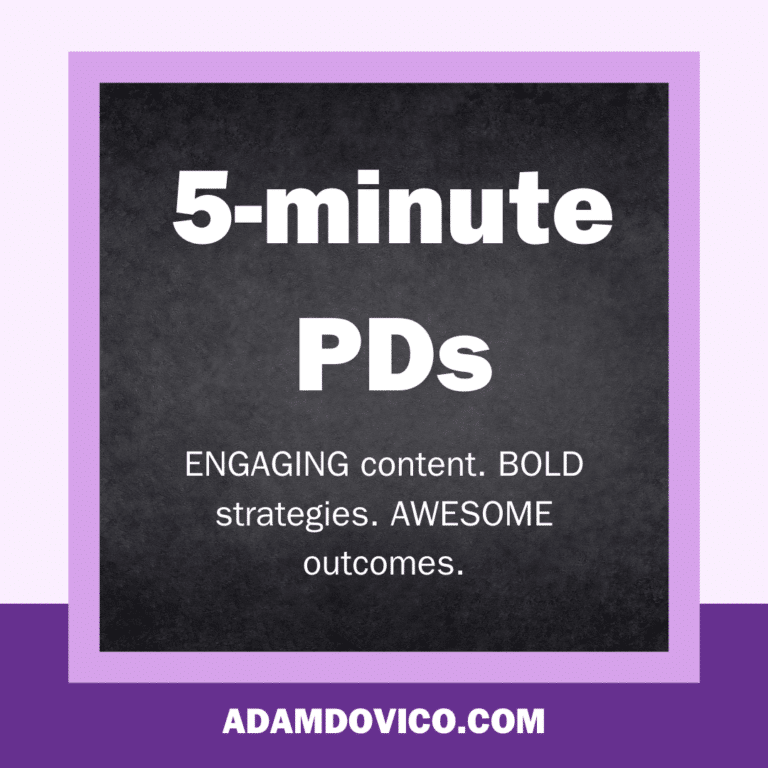So You Want to be a Presenter? Part 1
Over the past dozen years, I have had the opportunity to travel across the country and do something that I never thought in my wildest dreams I would be able to do as an educator: make money presenting and speaking. What started as a part of my job working at the Ron Clark Academy (since professional development is offered weekly to visiting educators), branched off into an amazing ride by delivering presentations, workshops, model lessons, and keynotes at schools, districts, convocations, and conferences.
Without fail, after any presentation, I will meet someone who asks “How do I get into this?” There are certain people who thrive on stage, and they are hungry to share knowledge, experience, and insight into the profession. If you are reading this and think “this might be me,” then here are five tips for getting into the presenting world:
1) Discover your content: If you’re going to present, you need content to present on. Figure out what you are most passionate and informed about. Simultaneously, keep an ear out for topics and areas that educators are interested in at the moment. If you can combine your experiences with topics that are pertinent, it will make you marketable and engage an audience. A few “hot” topics at the moment that I have witnessed: school culture, running small groups (math and reading), technology integration, culturally responsive instruction, science of reading, classroom management, and restorative practices.
2) Start simple: It can be tempting to want to start speaking in front of hundreds or thousands of people right away. While there are some people who may be ready for that, I suggest starting local. Presenting in front of your own staff or at a local/regional/state conference is a great way to try out your material, learn how to work an audience, and test out timing. Once you gain experience and confidence in your presenting, start applying to national conferences.
3) Network: When you are at a conference, talk to people. Take pictures. Exchange information. By connecting with people, you are building a network, which could potentially lead to more opportunities to present.
4) Build a brand: Let’s say you meet someone and they are interested in bringing you to present, there is a good chance they will Google you. If the only thing that pops up is your picture and bio from your school’s webpage, they are not learning much about you. If you are serious about presenting, you need to give people a way to get to know you. Building a brand may include having a professional webpage, social media accounts, or a YouTube channel with clips of you presenting.
5) Study: As important as it is to have your own style, you can learn a lot about presenting by watching those who excel. When you find presenters who engage you (either in person or on video), study them. Take note of what they do. There are many subtle presenting tricks (as will be discussed in part 2) that you can learn by watching those who are professional speakers.
The presenting world can be enthralling and energizing, but it can also be vicious. Thick skin is important to develop. Think of the presentations you’ve sat through over the years. Did you enjoy each one? Probably not. So it is important to remember that not everyone who listens to you is going to like you. Not everyone is going to agree with you. When you receive survey results back, be reflective, but don’t let one negative comment demoralize you – because it can if you let it. Remember that you have been given the stage by someone who believes in you, so believe in yourself.
If this motivated you to think more about the world of presenting, part 2 of this will talk more about the nitty gritty of being up on stage.







